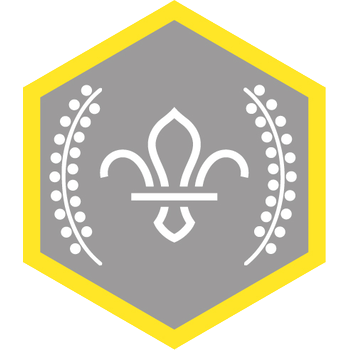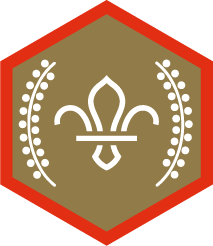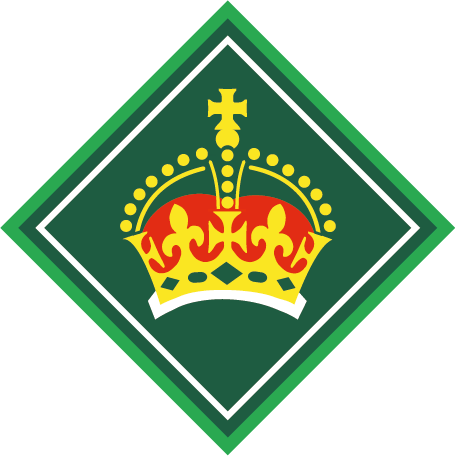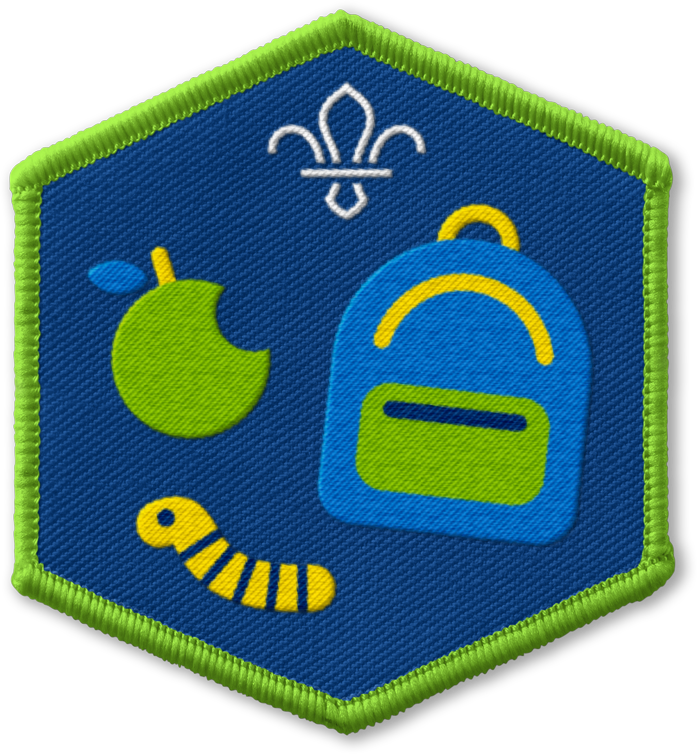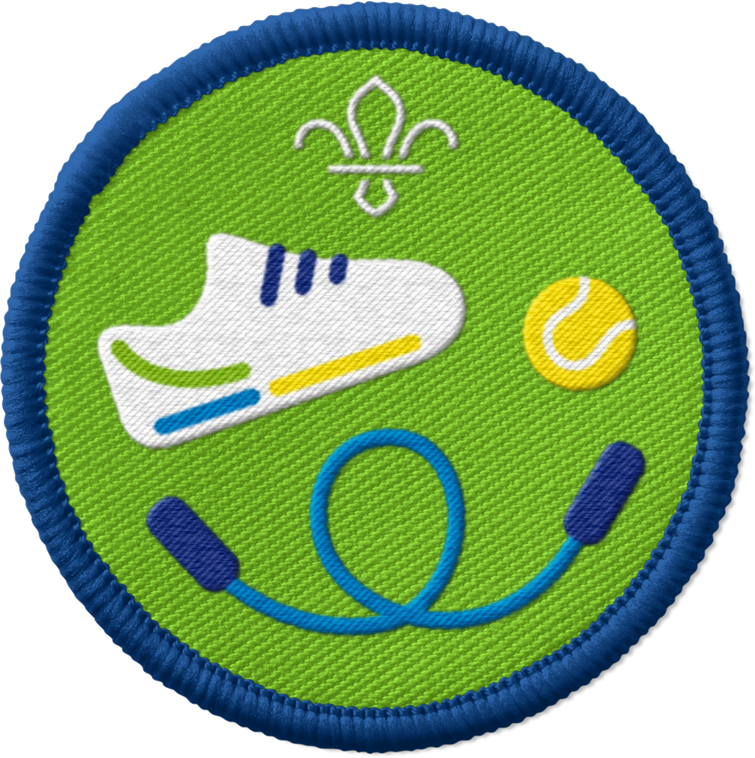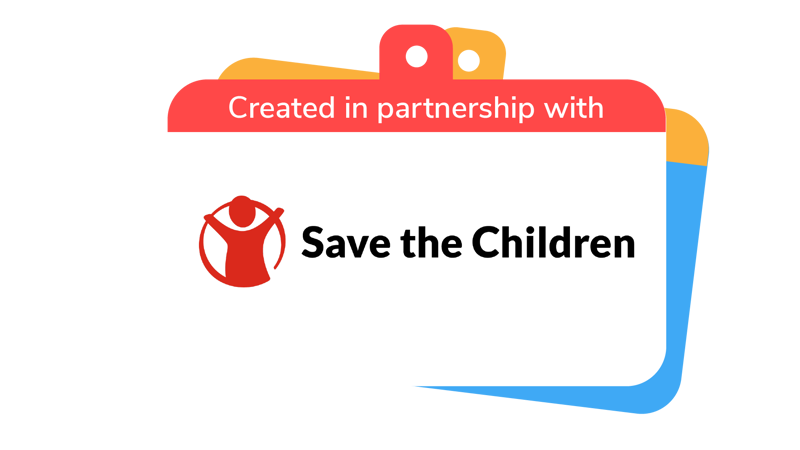
What would you take?
You’ll need
- A4 paper
- Coloured pens or pencils
- Masking tape
- Chairs
- 5 objects per person. These could be large balls, balloons, empty bottles or items of recycling.
Instructions
- Have a group discussion on why people might have to flee their homes in a hurry. People may mention natural disasters, conflict or persecution.
- Show the group one of the Save the Children stories which tells the story of a child displaced by conflict, and explain that they’re going to take on some challenges that represent the journeys people go on when they have to flee their homes.
- Ask everyone to think about their most important belonging and talk about it with the person next to them.
- Everyone writes a list of things they’d take with them if they had to leave their home because a conflict had broken out. Think about the essentials you need to stay safe, dry and healthy, things that would make their journey easier, like a passport, and personal belongings like photos or toys.
- As a group or in pairs, discuss what everyone wrote. Is anything surprising? Has anyone forgotten anything?
- Give each person five objects – these should be large enough that it’s difficult to comfortably carry all of them.
- Everyone should label each item as one of the possessions they would flee their home with. Labels might be a passport, teddy bear, mobile phone etc.
- The aim of the challenge is to work in groups of 3-5 to get from one end of the room to the other without dropping their possessions, navigating obstacles along the way.
- Set up some or all of the following obstacles (depending on your space):
- Mark a river on the floor with masking tape – young people must jump across it holding their possessions. If they drop any they can’t pick them up again.
- Communication challenge – everyone must pass their possessions under the three chairs without them touching the floor. Do this in silence to represent travelling through places where you don’t speak the language.
- Bad weather challenge – ask who has a waterproof coat or shelter as one of their possessions. If they don’t they must give up their mobile phone or anything electrical that would be damaged by rain.
- A water point – everyone must pick up an extra possession to represent clean water, and lose other possessions if needed to allow them to carry water.
- Travelling through a busy area – everyone must hold hands with someone else so they don’t get separated from their group. Can they still carry everything with just one hand?
- Once all groups have made it to the other side of the room, pool your resources and discuss what you’ve left or dropped. Spend some time reflecting on the challenge. Was it difficult to decide what to take? What was the hardest thing to lose along the way? How did you make decisions as a group? What do you think it’s like for children who have to do these journeys?

This activity helps contribute towards some of the UN's Sustainable Development Goals. Find out more about the SDGs, and how Scouts across the world are getting involved.
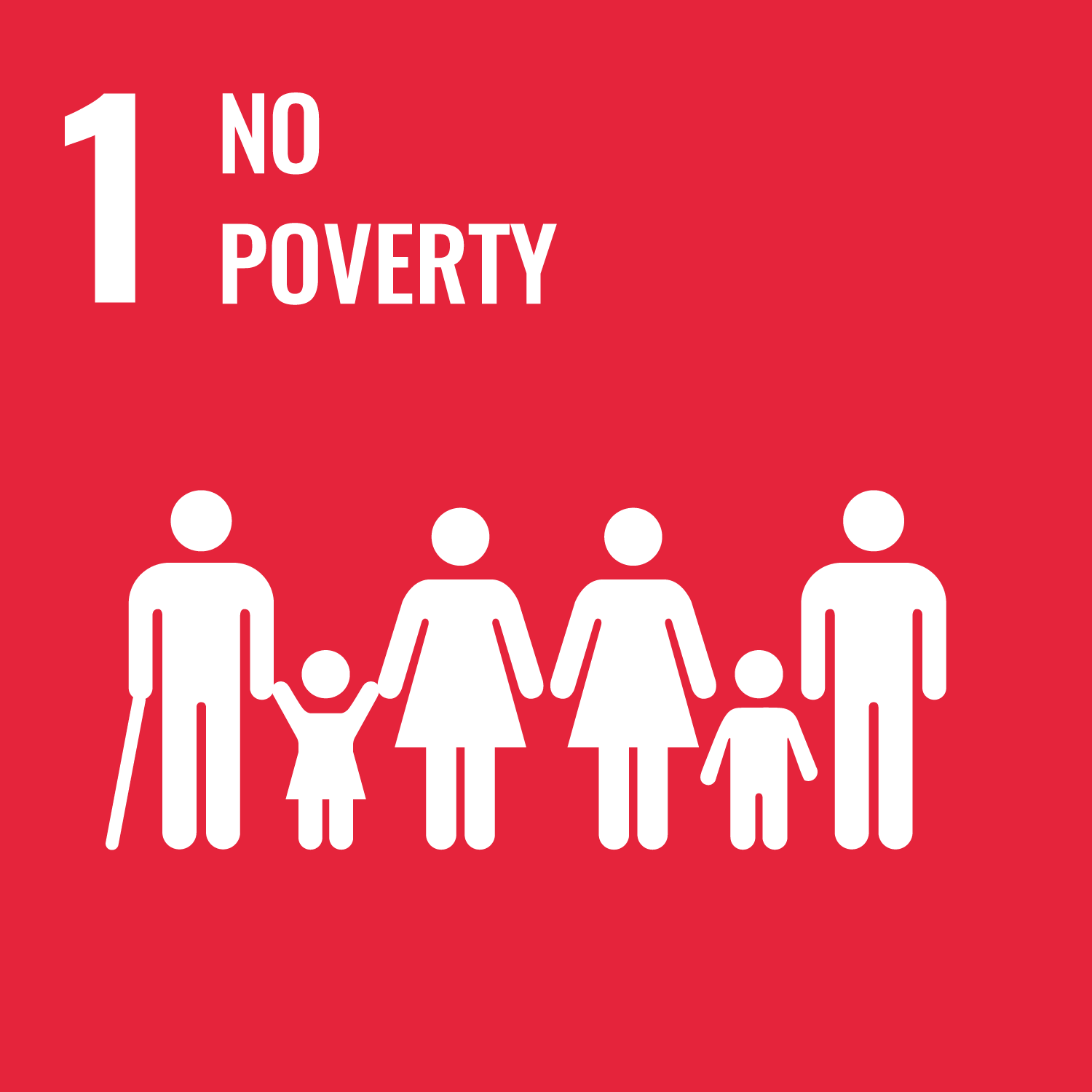



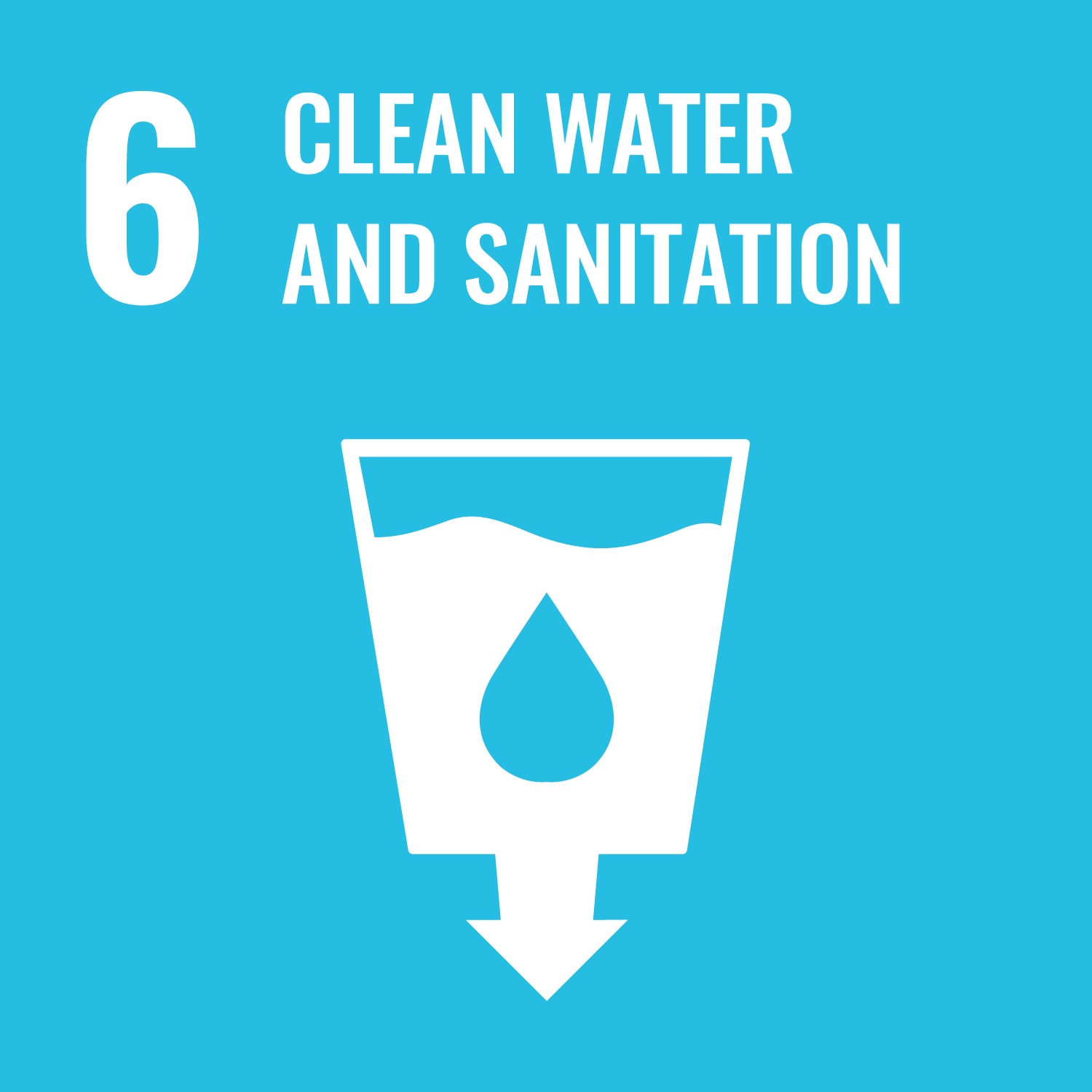
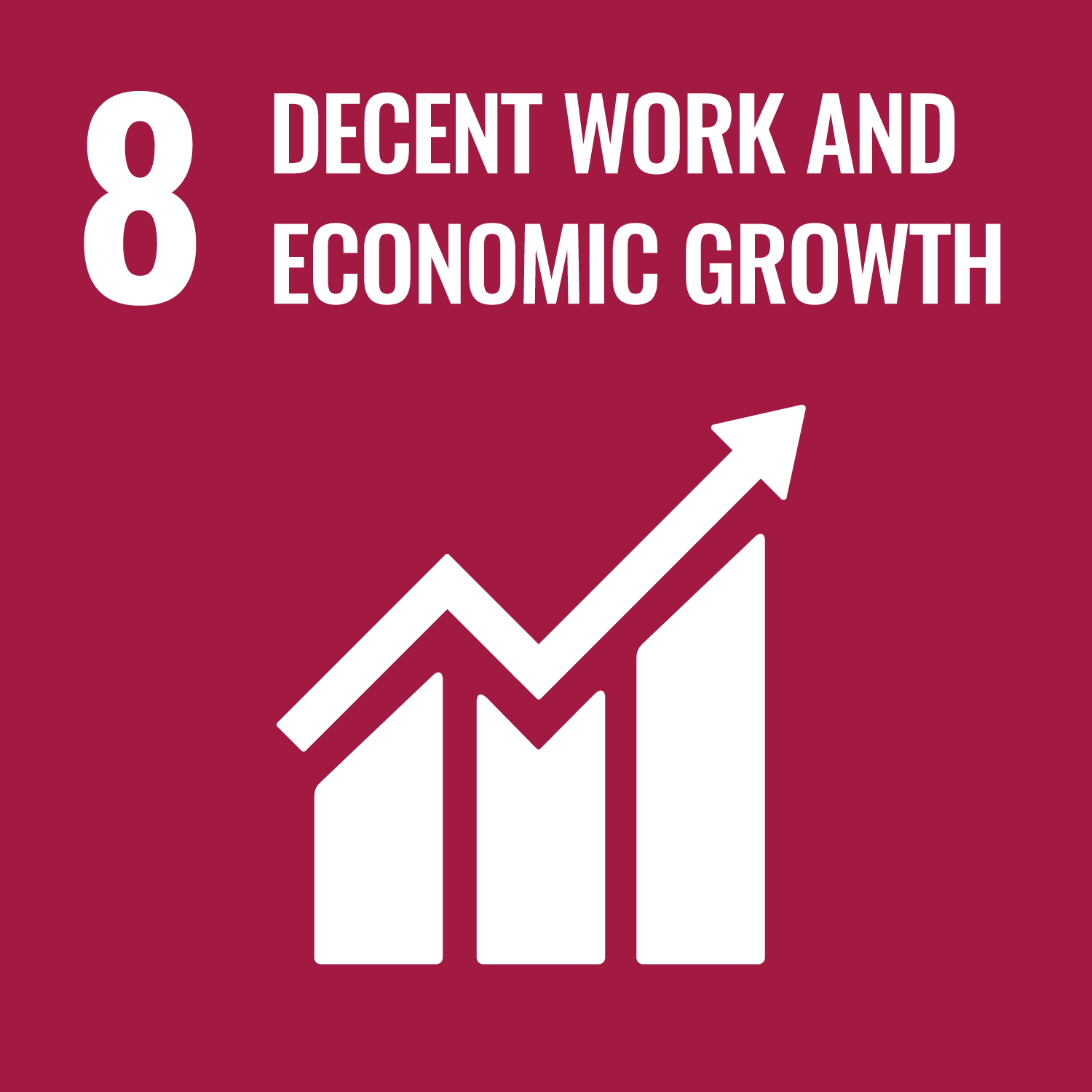


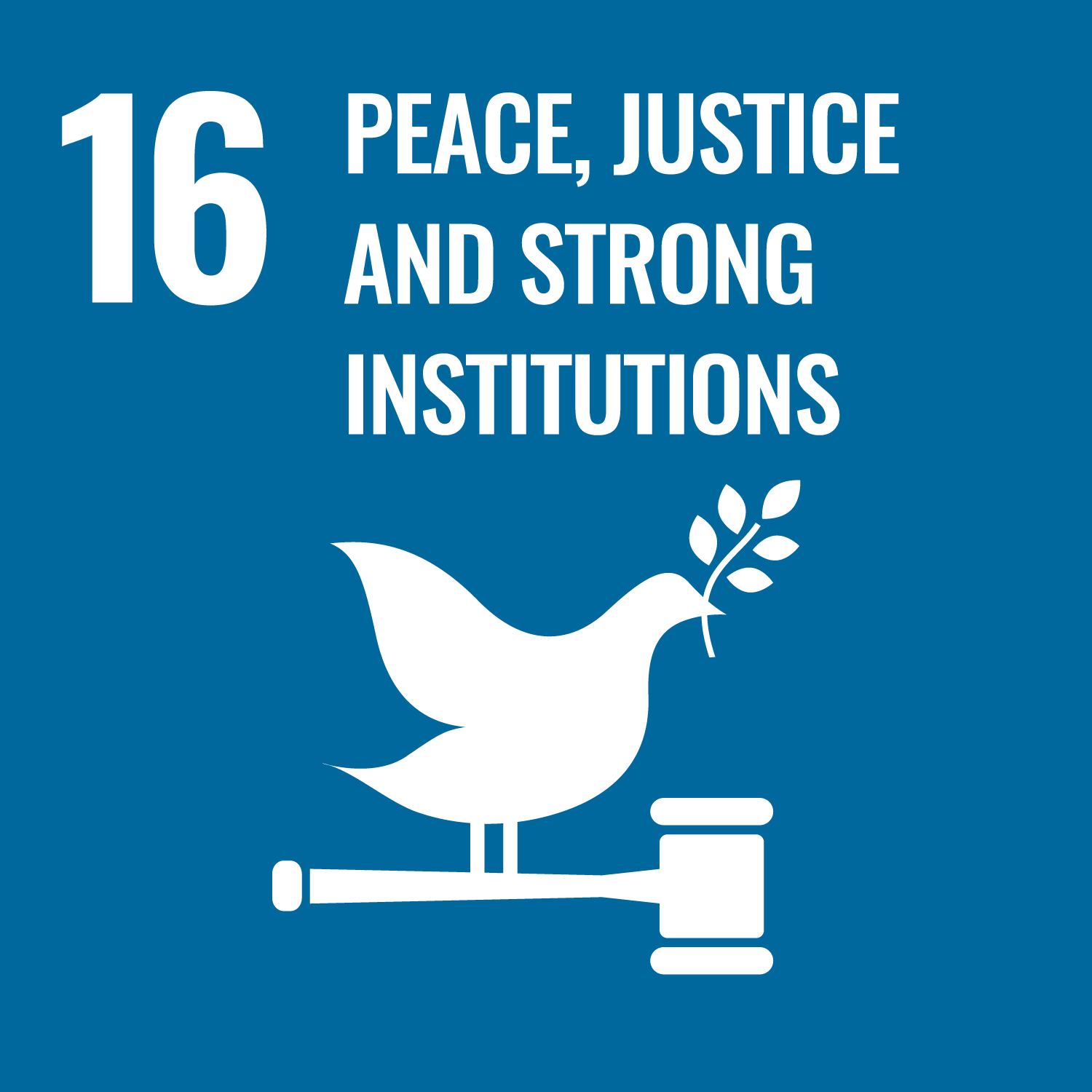
Reflection
Congratulate everyone for completing a challenging activity which helped us to understand what people experience if they have to leave their home suddenly. This helped us to develop care and respect for people who have experienced this. What do you think we could do to help people that have been through this? Responses could include being friendly and welcoming and thinking about what they’ve had to leave behind.
Safety
All activities must be safely managed. You must complete a thorough risk assessment and take appropriate steps to reduce risk. Use the safety checklist to help you plan and risk assess your activity. Always get approval for the activity, and have suitable supervision and an InTouch process.
- Rubbish and recycling
All items should be clean and suitable for this activity.
- Active games
The game area should be free of hazards. Explain the rules of the game clearly and have a clear way to communicate that the game must stop when needed. Take a look at our guidance on running active games safely.
- Have more/fewer prompts for suggested things to take.
- Have more/fewer objects to carry.
- Work in different sized groups or brainstorm as a group.
- For younger sections, have a leader on each obstacle to explain what to do.
- For larger sections, split the group into two, and have half do the obstacles whilst the others hear about the real stories of children affected by conflict, then swap.
- Try the activity whilst on camp using real objects.
Make it accessible
All Scout activities should be inclusive and accessible.
Discover more at https://www.savethechildren.org.uk/

